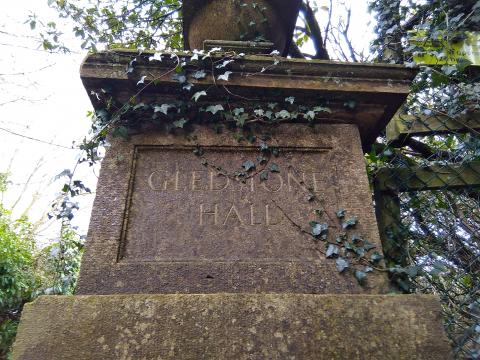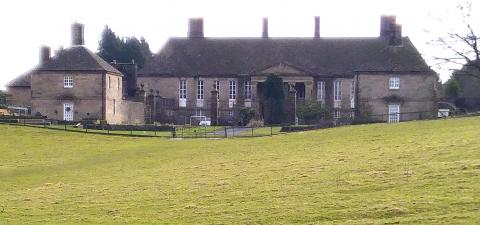Gledstone Hall

On of our sunnier days in February, I set off walking to West Marton that I might see its great house. On that back lane to Gargrave, sits Gledstone Hall, not far from the road, but well concealed among the trees. A public right of way takes the pedestrian across the house’s frontal view, allowing one to properly survey the architecture without transgressing property rights. Although it sprawls among formal gardens, commands fine views and boasts classical pillars, it is no standard stately home or country manor, for it is twentieth century. There is something rather geometric in its frontage and it has an austerity foreign to the eighteenth-century piles of archetype. Its primary architect, Sir Edward Lutyens, also designed the British Ambassador’s Residence in Washington DC, which bears obvious similarities. It was designed in 1928, with Gledstone completed in 1926, so it would have been fresh in his mind. I do not particularly care for the ambassadorial architecture; it seems a little un-British, especially inside a nation with whom Britain holds good cultural capital. Still, Gledstone is pleasant enough, unfussily gazing out onto these fields, a private residence minding its own business.

What an unusual connection to Britain’s embassy with the world’s most powerful nation, and arguably our closest ally. One building is vital to our national security, the other a brief curiosity while short-cutting to the A65. Anyone seeing it from my footpath would never have had thoughts of America spring to mind. Yet there is certainly a link.
Our little country chapel is bereft of angelic glory, dazzling light and paradisiacal splendour. Yet it is a shadow, a foretaste, a hint of Christ’s kingdom. Few will come to worship and think they were taken up to the third heaven, and at least one person has fallen asleep during the pastor’s preaching. Yet the local church is pale imitation of a greater, more powerful expression of God’s presence among His people.
That is why I go to church each week.
- Log in to post comments


 Sunday Worship 10.45am & 6.00pm
Sunday Worship 10.45am & 6.00pm